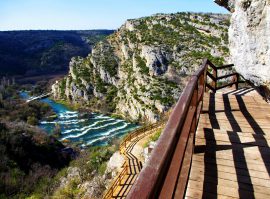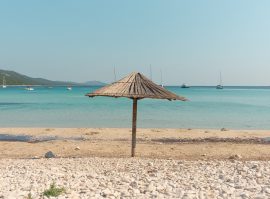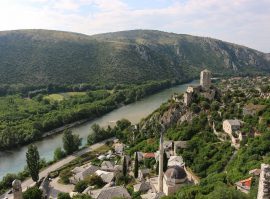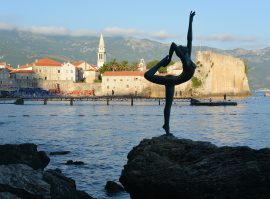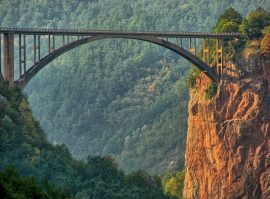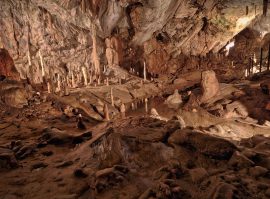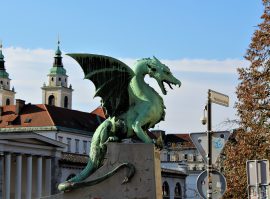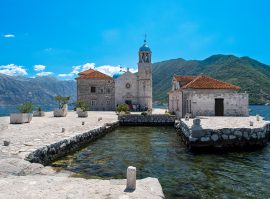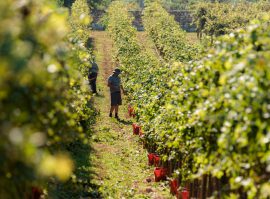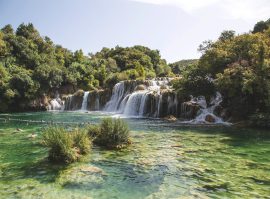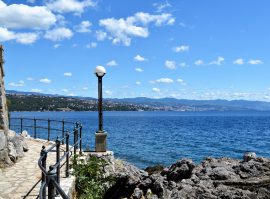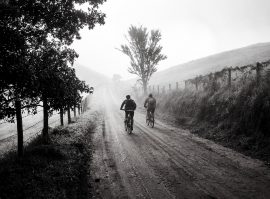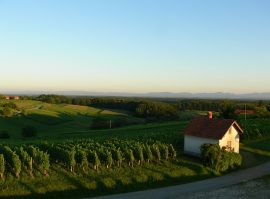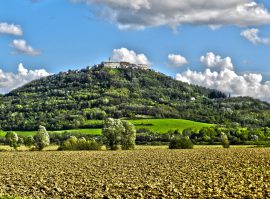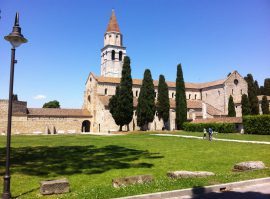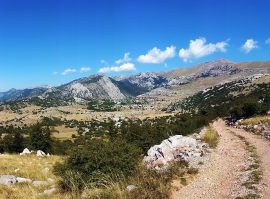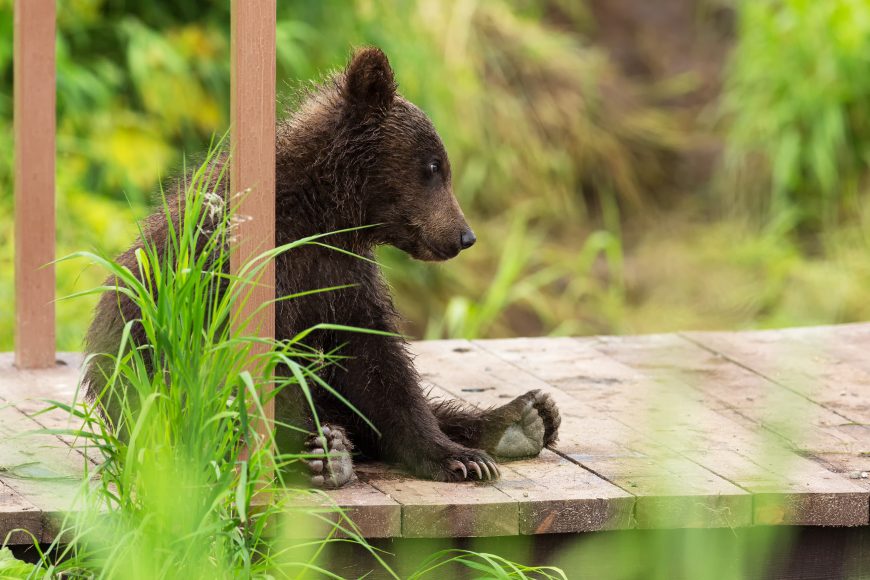
The Bear Refuge Kuterevo – Unity of Man and Nature
Velebit Mountains, the largest mountain range in Croatia, situated along the Adriatic, separating Lika county in the interior from the coastline, is a true treasure cove for nature lovers. This magnificent mountain hides a whole series of natural sights ranking among the highest values of those Croatia has to offer, including unique relief and wealth of plant and animal life in one of the most significant nature-made collections on the European continent.
With its area of almost two thousand square kilometers, the Velebit Nature Park is the largest protected area in Croatia, as a UNESCO World Biosphere Reserve, larger than all the other protected areas combined and currently, the only one on the Croatian Territory. The area includes two national parks: Northers Velebit and Paklenica and the strict nature reserves od Hajducki and Rozanski kukovi.
Located in the heart of the glorious Mountains, Kuterevo village of only 643 habitants rests in a six kilometer long valley. At first sight it is a typical small mountain village, but it harbors a very important secret – a Bear Refuge presenting a unity of mankind and nature – a place where bear cubs, who lost their mothers during their first year of life and therefore had no chance of survival in the wild, could reside. It was founded in 2002 and hosts eight bears at the moment.
The Refuge is being run by Velebit Association Kuterevo, and its main impellers are volunteers. The entire refuge is coordinated by volunteers – some from Kuterevo, some from Zagreb and others from all over the world. Although a small rural community, Kuterevo is used to international volunteers, since it has been hosting youth groups from 1978. The project mostly relies on sponsors and donations from various institutions, schools and their visitors.
This Refuge, often referred to as a Bear Sanctuary is a unique project as the association that manages the sanctuary and, with the help of experts and volunteers, takes care of the bears for the rest of their lives, giving them a chance to play, hibernate and grow stronger, while bears provide them with a chance to learn by observing their everyday behavior. This educational part, especially, is important to the founders who want the visitors to familiarize themselves with the wild in a safe enviroment, never crossing a certain line too near the large enclosures.
The sanctuary includes an ethno/eco village where the visitors can see how people of the area once lived and buy various handmade souvenirs with all the profit going back to food and other necessities for bears and there is a Vounteer Center where everyone can join to help the bears. Every element of the sanctuary is eco-sustainable – they recycle, compost, use rain water and grow most of their food themselves.
A visit to such a place is an adventure on its own even if one decides not to join the volunteers from all around the world. This is a place where bears are loved, learned from and taken care of.
